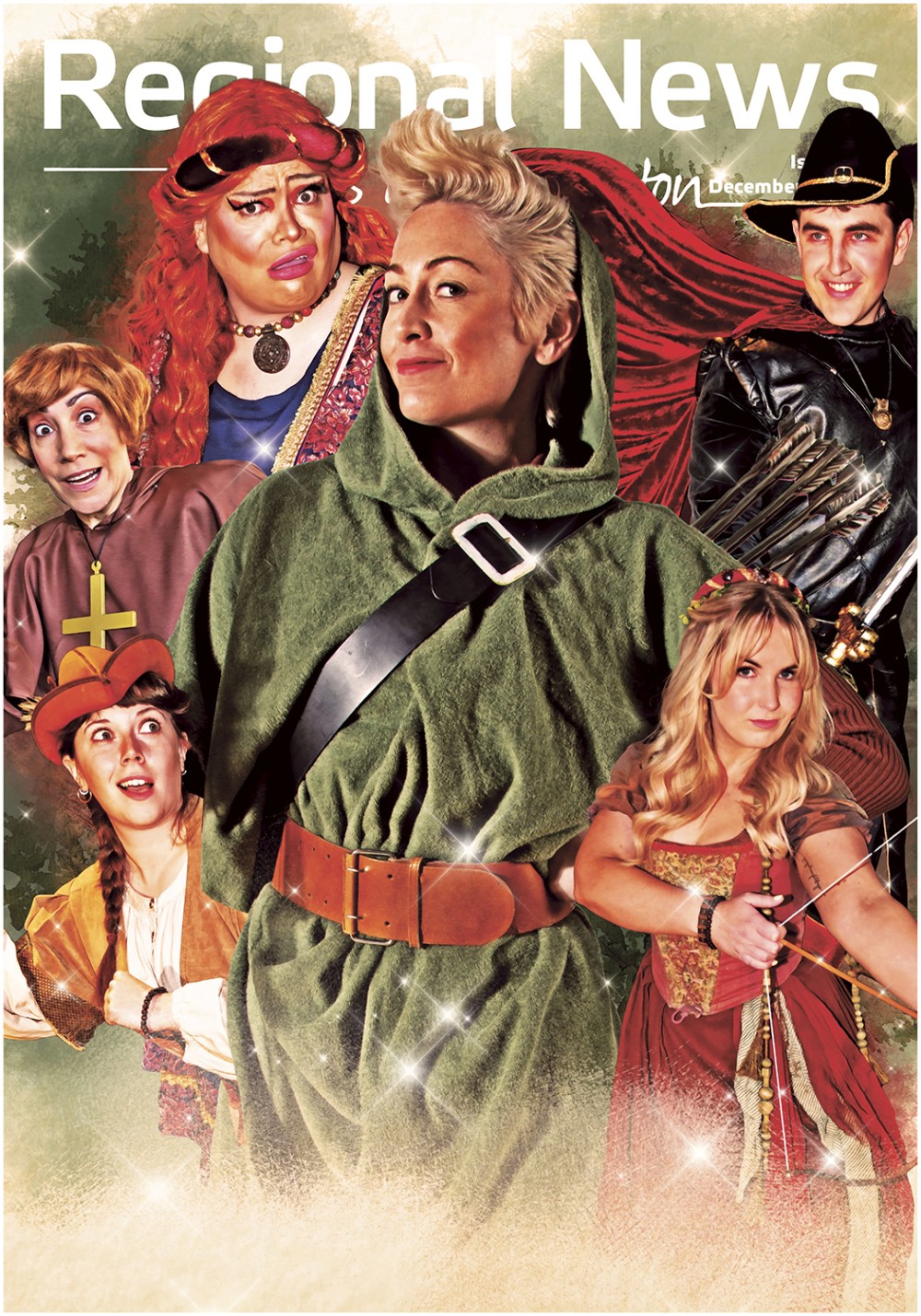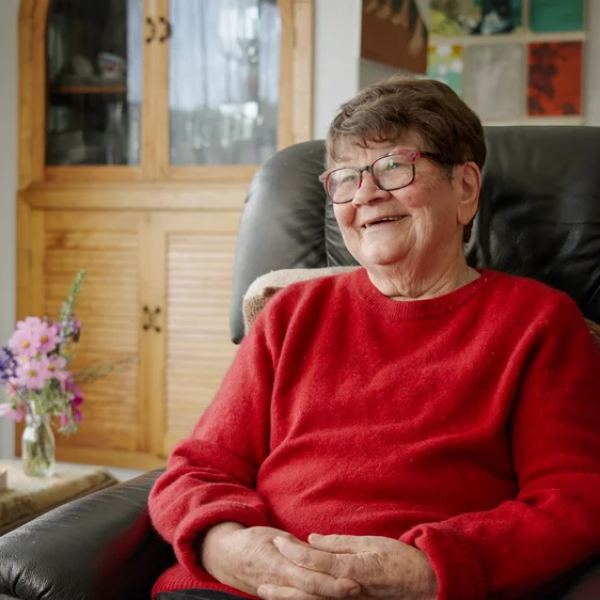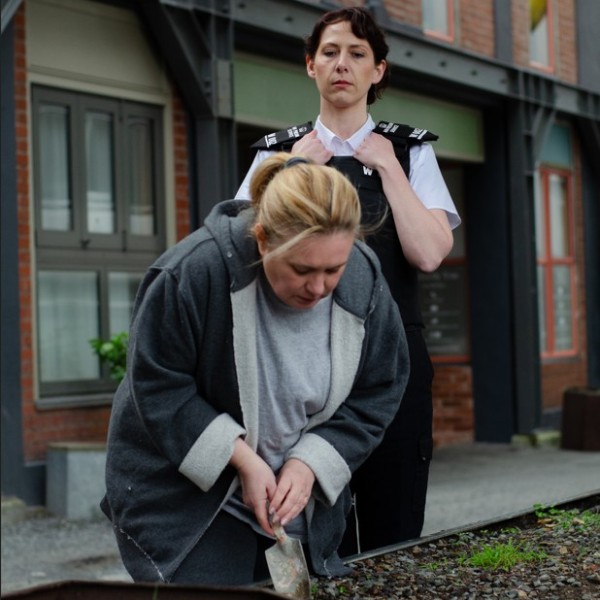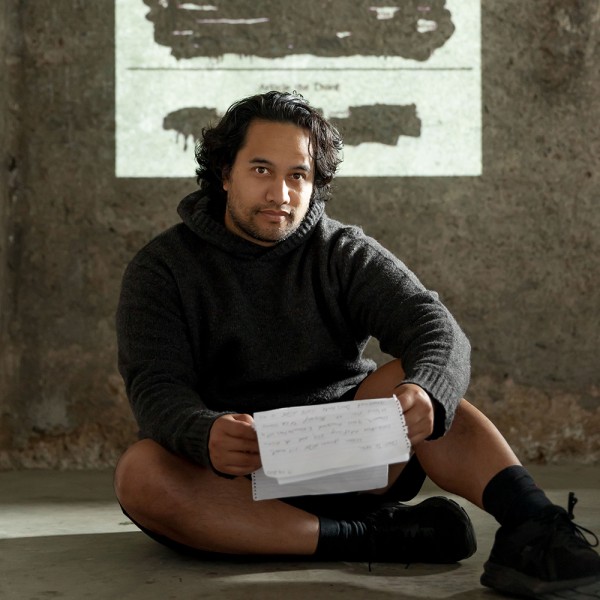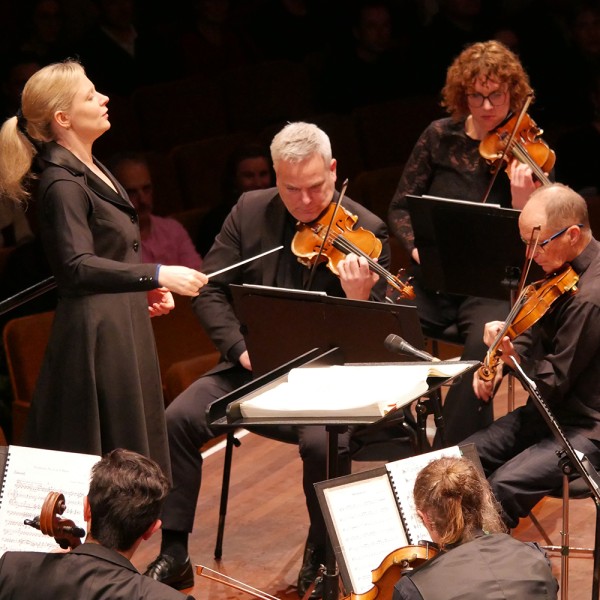
Mahler 6
Presented by: New Zealand Symphony Orchestra
Conducted by: Gemma New
Michael Fowler Centre, 5th Sep 2025
Reviewed by: Ruth Corkill
Mahler’s Sixth Symphony is a behemoth. It demands technical precision, psychological insight, and masterful expressiveness. Tonight, under the baton of Gemma New, the NZSO delivers a performance that lives up to those demands.
The stage is packed with over 100 musicians, including two harps and the infamous Mahler hammer, an enormous wooden box and hammer which looms behind the stage on the choir stalls. Mahler wanted the hammer in this work to produce a dull, hollow thud, which he intended to evoke two blows of fate striking down a hero. It’s not a standard instrument, so the NZSO built their own especially for this concert series.
The opening movement veers between martial rhythms and romantic lyricism. New favours clarity over indulgence, allowing the orchestra to breathe without losing momentum. Occasionally there is a gentle clang of cowbells, rustic and tonally indifferent to the fanfare around it.
In the Andante, warm strings shimmer as the music unfolds almost organically. It is a welcome reprieve from the symphony’s otherwise relentless forward motion. In the Scherzo, Mahler’s sardonic humour comes to the fore. The woodwinds are sharp and brittle, their interjections biting.
The final movement is sprawling, fragmented, and devastating. The hammer blows land with theatrical precision, each one a brutal punctuation. Offstage, the cow bells echo again, as if pastoral realities are making one last attempt to break through the brass surges and the foreboding tones of the trombones and tuba. New navigates the movement’s emotional terrain with assurance, drawing out moments of despair, defiance, and fleeting hope.
The NZSO plays with conviction and sensitivity, horns melding with woodwinds and strings to create rich harmonic textures. The percussionists (two timpanists, snare drum, celeste, xylophone, glockenspiel, church bells, cowbells, and the hammer) are especially deserving of praise. Tasked with some of the symphony’s most dramatic moments, they are impeccable. Gemma New proves herself a formidable Mahler interpreter, drawing up the intellect and heart of his music.



